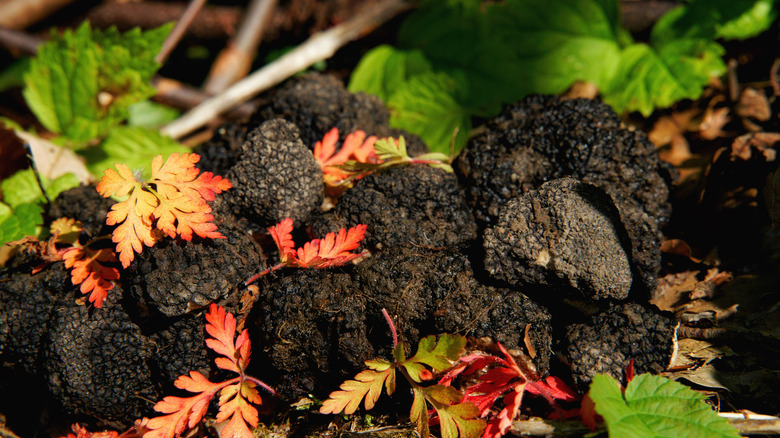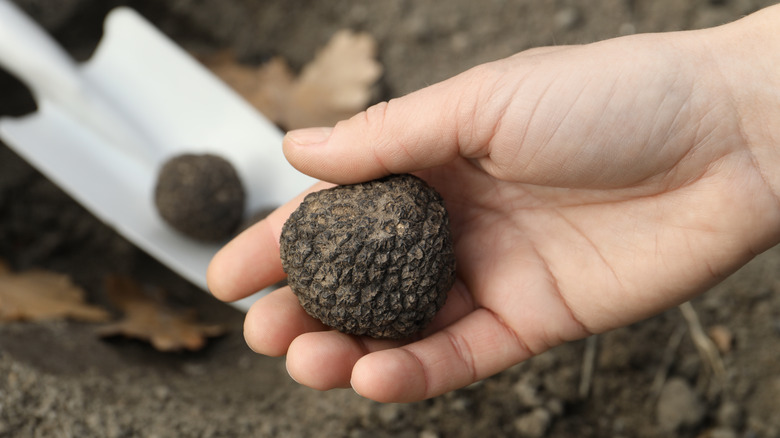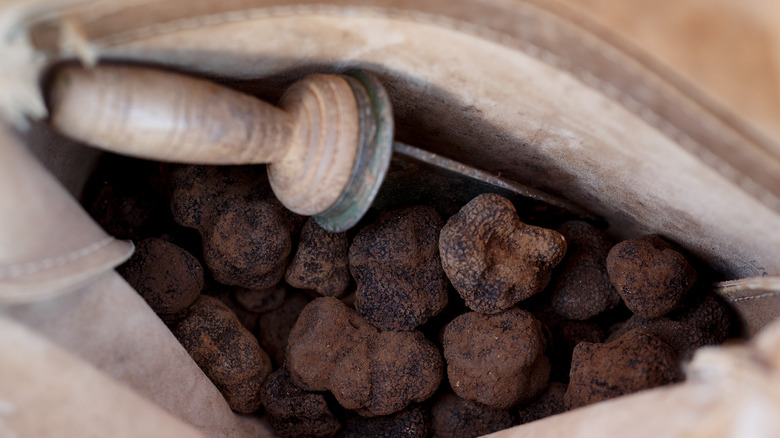Tips For Successfully Growing Your Own Truffles Indoors
Growing your own truffles indoors may sound like a venture reserved for the expert mycologist or the culinary elite. Truffles, the highly prized fungi known for their distinctive aroma and flavor, have traditionally been the domain of forested areas and trained animals. Yet, with advancements in indoor farming, this luxury is now accessible from your home. With the right approach, patience, and a touch of care, it's a journey you can embark on from the comfort of your home.
The key to successfully growing truffles at home is choosing the right kit. These kits typically include a pre-inoculated substrate with the truffle spores, equipment, and detailed instructions to guide you through the process. You can buy them from specialized online retailers or local gardening stores focusing on mushroom cultivation. The kit simplifies the initial steps, providing a controlled environment for the truffles to start their growth.
Understanding the specific needs of truffle fungi is also crucial. From preparing the substrate to managing the climate within your growing space, every detail matters. Truffles thrive under specific conditions, requiring a careful balance of humidity and temperature and mimicking their natural habitat as closely as possible. As you delve into the specifics, remember that growing truffles indoors is a commitment that requires patience, observation, and the willingness to adjust conditions as needed. The long-term nature of this project means you're in for a journey of learning and discovery.
Growing truffles with a kit
When cultivating truffles, your first step is to choose the right species. The black Perigord (Tuber melanosporum) is among the most popular for indoor cultivation. Once you've chosen your preferred strain, it's time to cultivate. Before touching anything, always wash your hands to keep those pesky bacteria and molds at bay. Also, don't forget to check out the instructions that come with your kit thoroughly. Each kit has its own playbook, so knowing yours inside and out is key to getting those truffles to thrive. Now, onto the fun part—using your kit. With some kits, you'll first need to inoculate the substrate. If it's got the usual suspects: an injector bag, liquid culture vial, swabs, and withdrawing equipment, you're all set.
First things first, sterilize the withdrawing equipment. Then, vigorously shake the liquid culture vial to wake up the truffle spores. Carefully draw the liquid culture and inject it into the injector bag, doing your best to minimize air exposure. Seal the bag as tight as possible, following the instructions to keep everything sterile. Find a cozy, dark, and cool spot for the bag—a place where the temperature is as steady as your patience will need to be. The ideal temperature should be between 20 to 25 degrees Celsius. Mix often and keep an eye on it for signs of colonization in the coming 1-2 weeks. That's your cue that your truffles are growing, and you're on your way to becoming a truffle-growing champ.
Cultivating the truffles
While some kits require the substrate to be inoculated, others come fully prepared. In such cases, you need to put the items in a warm and dark place so the mycelium can grow through the substrate. During this time, the mycelium gets ready to produce mushrooms. Once it's ready, move it to a place suitable for growing mushrooms. Each truffle type has its unique requirements and growing conditions. It would help if you replicated their natural growing conditions as closely as possible. A bit of research to match your truffle to your indoor conditions (or how you can tweak your space to suit them) can make all the difference in your cultivation success.
Consider factors such as the truffle's climate preference, soil acidity, pH requirements, and the specific host trees they associate with. For example, black Perigord truffles flourish in moderate climates and exhibit greater resilience to clay-rich soils than their summer counterparts. They prosper in soils that have a pH range of 7.5 to 8.5. Oak, hazelnut, and chestnut trees are ideal truffle partners, forming a symbiotic relationship essential for truffle development. When planted in sandy soils, these truffle hosts require increased irrigation to maintain the necessary moisture levels for optimal fungal growth, closely mirroring the truffles' natural growing conditions and ensuring their successful cultivation.


